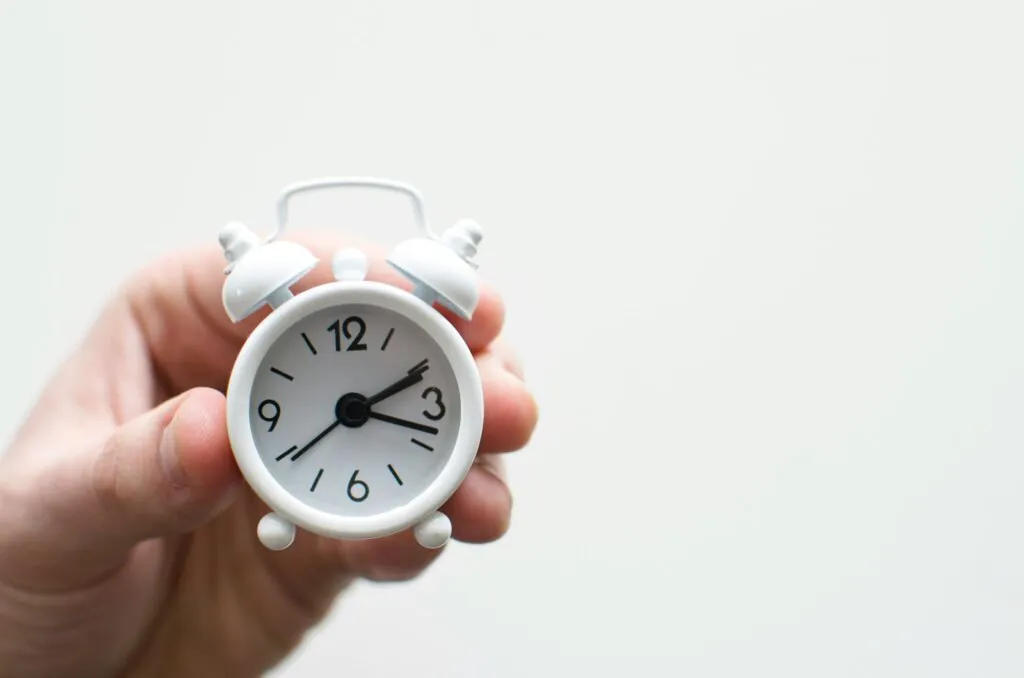Roofing is one of the most hazardous occupations in the construction industry. Every year, thousands of workers suffer injuries or fatalities due to preventable accidents on job sites. In Pennsylvania, specific laws govern workplace safety, compensation, and liability to ensure that injured workers can recover from their losses. However, navigating the legal system can be complex, especially when dealing with serious injuries.
This guide provides an in-depth look at roofing accidents, common causes, legal frameworks, and actionable steps to take after an injury. By understanding your rights and options, you can ensure that you or your loved ones receive the compensation and justice deserved.
Common Causes of Roofing Accidents
Roofing accidents result from various factors, including unsafe work practices, equipment failures, and non-compliance with safety standards. These accidents often lead to serious injuries such as broken bones, spinal injuries, and traumatic brain injuries. Understanding the root causes is essential for preventing future incidents and identifying liable parties in legal claims.
OSHA Roofing Safety Violations
The Occupational Safety and Health Administration (OSHA) enforces safety standards to protect workers from dangerous conditions. Roofing work involves significant fall risks, making it a primary focus of OSHA regulations. Unfortunately, violations are common, including:
Absence of Fall Protection
OSHA mandates guardrails, safety nets, and personal fall arrest systems for workers performing tasks at heights. A failure to implement these protections is a frequent cause of accidents.
Inadequate Safety Training
Workers often lack the necessary training to identify risks or properly use safety equipment, increasing the likelihood of errors.
Improper Use of Equipment
Employers may provide defective or poorly maintained tools and materials, leading to unexpected failures.
OSHA violations not only endanger workers but also expose employers to fines, penalties, and increased liability in injury claims.
Scaffolding and Ladder Safety Issues
Ladders and scaffolding are indispensable for roofing projects but can also pose significant hazards. According to OSHA, scaffolding accidents account for a large percentage of construction-related injuries each year. Common issues include:
- Improper Assembly of Scaffolding: Incorrectly assembled scaffolds may collapse under weight or pressure.
- Unstable Ladder Placement: Placing ladders on uneven surfaces or failing to secure them properly increases the risk of falls.
- Overloading Equipment: Exceeding the weight limits of ladders or scaffolds can lead to structural failure.
Employers have a duty to ensure that all equipment is properly maintained and used according to safety guidelines. If negligence leads to an accident, injured workers may have grounds for a claim.
Weather and Environmental Hazards
Roofers often work outdoors, making them vulnerable to environmental risks such as rain, snow, wind, and extreme heat. Slippery surfaces, sudden weather changes, and limited visibility can significantly increase the likelihood of falls or equipment malfunctions.
Employers should monitor weather conditions and delay work during hazardous conditions. Failure to do so can constitute negligence and expose them to liability.
Understanding Pennsylvania Construction Law
Pennsylvania has comprehensive laws designed to protect construction workers and ensure that injured individuals can seek compensation. These laws govern everything from workplace safety to worker’s compensation benefits and liability for negligence.
Worker’s Compensation for Roofers
Worker’s compensation is a no-fault system in Pennsylvania, meaning that workers injured on the job can receive benefits regardless of who was at fault. The key features of worker’s compensation include:
- Medical Expenses: Coverage for all medical treatments related to the injury, including hospital stays, surgeries, rehabilitation, and medications.
- Wage Replacement: Injured workers can receive up to two-thirds of their average weekly wages while recovering.
- Disability Benefits: Workers with permanent or long-term injuries may qualify for additional payments to compensate for their reduced earning capacity.
While worker’s compensation is vital, it has limitations. For example, it does not cover non-economic damages such as pain and suffering. Additionally, disputes can arise over the extent of injuries or the adequacy of benefits, making legal assistance essential.
Employer Negligence and Legal Responsibility
Employers are legally required to provide a safe working environment and comply with OSHA regulations. Examples of employer responsibilities include:
- Providing and maintaining safety equipment.
- Ensuring proper training for workers.
- Conducting regular inspections to identify and address hazards.
When employers fail to meet these obligations, they can be held accountable for injuries resulting from their negligence. While worker’s compensation typically shields employers from lawsuits, extreme cases of gross negligence or willful misconduct may allow injured workers to file claims directly against their employers.
Legal Options for Injured Roofers
Injured roofers in Pennsylvania can pursue various legal options to recover compensation, depending on the circumstances of their accident.
Filing a Worker’s Compensation Claim
Worker’s compensation is often the first and most straightforward step for injured workers. To successfully file a claim:
- Report the Injury Immediately: Pennsylvania law requires workers to report injuries to their employer within 120 days of the incident. Failure to do so may result in denied benefits.
- Seek Approved Medical Treatment: Injured workers must visit a doctor authorized by their employer’s insurance provider for the first 90 days.
- Keep Detailed Records: Document all medical treatments, expenses, and time missed from work to support your claim.
Worker’s compensation benefits are essential for covering immediate expenses, but they may not fully compensate workers for severe injuries. In these cases, additional legal action may be necessary.
Pursuing a Third-Party Liability Lawsuit
If someone other than your employer contributed to your injury, you may be able to file a third-party liability lawsuit. Common examples include:
Defective Equipment
Manufacturers of faulty scaffolding, ladders, or safety harnesses may be held liable for injuries caused by their products.
Negligent Contractors or Subcontractors
If another party on the job site acted negligently, they could be held responsible.
Property Owners
Property owners who fail to address dangerous conditions on their premises may face liability.
Third-party lawsuits can provide compensation for damages not covered by worker’s compensation, such as pain and suffering, emotional distress, and punitive damages.
Steps to Take After a Roofing Accident
Taking the right steps after a roofing accident can protect your legal rights and strengthen your case for compensation.
- Report the Accident
Notify your employer immediately and ensure the accident is documented. Include key details such as the date, time, location, and a description of the events leading to the injury. Failure to report the incident in a timely manner may jeopardize your claim.
- Seek Medical Attention
Even if your injuries appear minor, seek medical attention right away. Delayed treatment can worsen your condition and weaken your claim. Follow your doctor’s recommendations and keep copies of all medical records.
- Document Evidence
Collect as much evidence as possible from the accident scene. This may include:
- Photographs of the area and any hazards.
- Witness statements from coworkers or bystanders.
- Records of OSHA violations or safety complaints.
- Consult a Lawyer
An experienced construction accident lawyer can evaluate your case, guide you through the claims process, and ensure your rights are protected.
Why Legal Representation Matters
Navigating Pennsylvania’s legal system can be challenging, especially while recovering from an injury. An experienced lawyer can:
- Handle negotiations with insurance companies.
- Identify all liable parties.
- Pursue maximum compensation on your behalf.
Frequently Asked Questions (FAQs)
What should I do immediately after a roofing accident?
Report the accident to your employer, seek medical attention, and document evidence such as photographs of the site and witness statements. These steps can protect your legal rights and strengthen your claim.
Can I file a lawsuit for a roofing accident in Pennsylvania?
You can file a third-party liability lawsuit if someone other than your employer, such as a contractor or equipment manufacturer, is responsible for the accident. Worker’s compensation typically limits lawsuits against employers.
What benefits can I receive through worker’s compensation?
Worker’s compensation covers medical expenses, partial wage replacement, and disability benefits. However, it does not include compensation for pain and suffering.
Who is responsible for ensuring safety on a roofing job site?
Employers, contractors, and property owners share responsibility for maintaining a safe job site. Equipment manufacturers may also be liable if faulty tools contribute to an accident.
How long do I have to report a roofing accident?
In Pennsylvania, you must report your injury to your employer within 120 days of the accident to qualify for worker’s compensation benefits. Filing sooner is recommended.
If you have further questions, consult a construction accident lawyer to explore your legal options.
Contact Fulginiti Law Today
If you’ve been injured in a roofing accident, don’t wait to take action. Time is critical for filing claims and preserving evidence.
Contact Fulginiti Law today for a free consultation. Protect your rights and secure the compensation you deserve.


